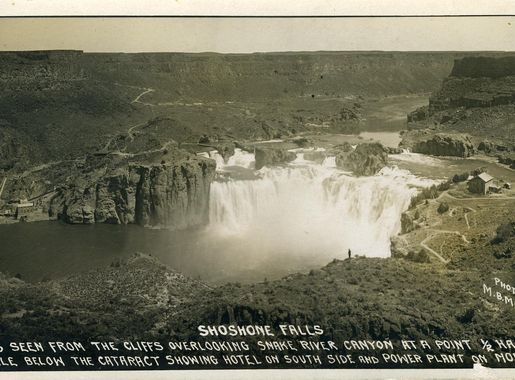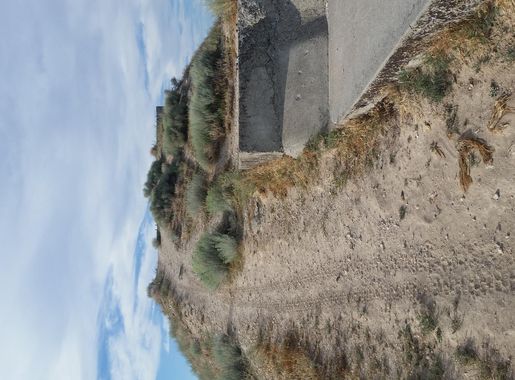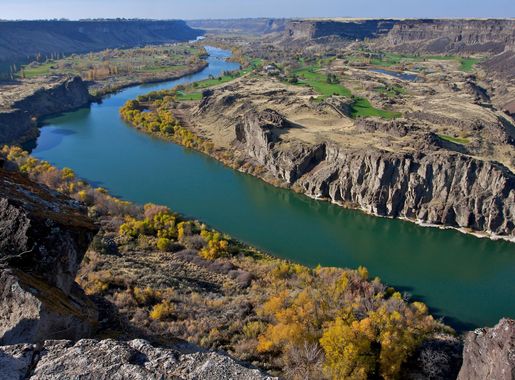
The Majestic Snake River Canyon: An Idaho Gem
Discover the breathtaking Snake River Canyon in Idaho, where rugged cliffs, a meandering river, and rich history create an unforgettable outdoor adventure.
Snake River Canyon in Idaho is a breathtaking marvel of nature. Carved over millennia by the powerful Snake River, the canyon offers stunning landscapes and a sense of grandeur that captivates every visitor. From its towering cliffs to the meandering river below, this natural wonder is a perfect blend of rugged beauty and serene vistas. The canyon is a haven for outdoor enthusiasts. Whether you enjoy hiking, fishing, or just soaking in the view, there is something for everyone. The trails here range from easy walks to challenging climbs, each offering unique perspectives of the canyon’s awe-inspiring geology. The river itself is popular for fishing and kayaking, providing both adventure and tranquility. History buffs will also find much to explore. The canyon has been a witness to centuries of human activity, from Native American settlements to early pioneer trails. The Perrine Bridge, an iconic structure spanning the canyon, is not just a marvel of engineering but also a popular spot for base jumping, offering an adrenaline rush for thrill-seekers. Visiting Snake River Canyon is a chance to connect with nature and history in a profound way. The combination of natural beauty, recreational opportunities, and historical significance makes it a must-see destination in Idaho.
Local tips in Snake River Canyon
- Visit during spring or fall for the best weather and fewer crowds.
- Wear sturdy shoes suitable for hiking, as some trails can be rocky.
- Bring a camera to capture the stunning views and abundant wildlife.
- Check local regulations if you plan to fish or kayak in the river.
- Don’t miss the Perrine Bridge for spectacular views and potential base jumping.
The Majestic Snake River Canyon: An Idaho Gem
Snake River Canyon in Idaho is a breathtaking marvel of nature. Carved over millennia by the powerful Snake River, the canyon offers stunning landscapes and a sense of grandeur that captivates every visitor. From its towering cliffs to the meandering river below, this natural wonder is a perfect blend of rugged beauty and serene vistas. The canyon is a haven for outdoor enthusiasts. Whether you enjoy hiking, fishing, or just soaking in the view, there is something for everyone. The trails here range from easy walks to challenging climbs, each offering unique perspectives of the canyon’s awe-inspiring geology. The river itself is popular for fishing and kayaking, providing both adventure and tranquility. History buffs will also find much to explore. The canyon has been a witness to centuries of human activity, from Native American settlements to early pioneer trails. The Perrine Bridge, an iconic structure spanning the canyon, is not just a marvel of engineering but also a popular spot for base jumping, offering an adrenaline rush for thrill-seekers. Visiting Snake River Canyon is a chance to connect with nature and history in a profound way. The combination of natural beauty, recreational opportunities, and historical significance makes it a must-see destination in Idaho.
When is the best time to go to Snake River Canyon?
Iconic landmarks you can’t miss
Shoshone Falls Park
Experience the breathtaking beauty of Shoshone Falls Park, a stunning natural attraction in Idaho with majestic waterfalls and scenic landscapes.
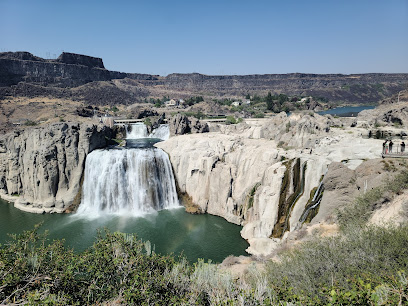
Craters of the Moon National Monument & Preserve
Discover the otherworldly beauty of Craters of the Moon National Monument & Preserve, a unique volcanic landscape in Idaho perfect for adventure and exploration.
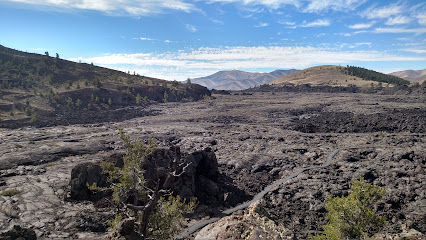
Perrine Memorial Bridge
Experience breathtaking views and engineering excellence at the iconic Perrine Memorial Bridge in Jerome, Idaho, a must-see tourist attraction.
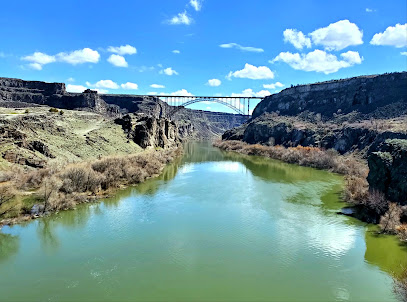
Thousand Springs State Park - Malad Gorge Unit
Discover the natural beauty and diverse wildlife at Thousand Springs State Park - Malad Gorge Unit, an idyllic retreat in Idaho for nature lovers and adventurers.
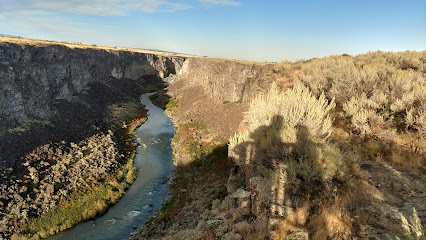
Old Mission State Park
Experience the rich history and stunning landscapes of Old Mission State Park, Idaho's oldest historical site, nestled in the serene beauty of nature.
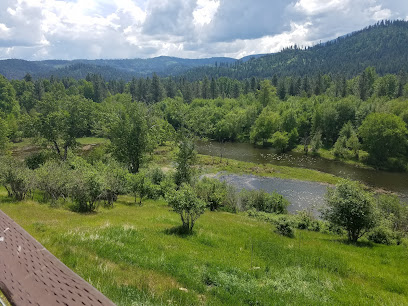
Snake River Canyon Rim Trail
Discover the stunning landscapes and breathtaking views along the Snake River Canyon Rim Trail in Twin Falls, Idaho, a must-visit for nature enthusiasts.
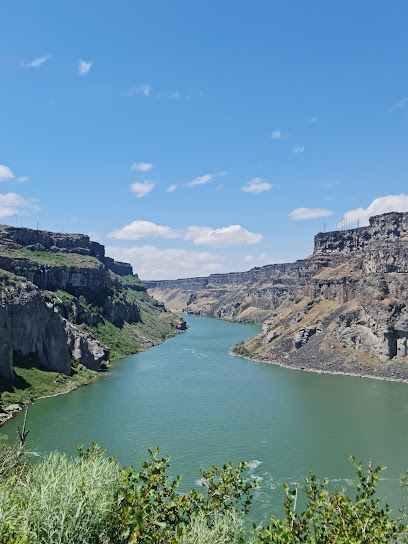
Evel Knievel Snake River Canyon Jump Site
Discover the iconic Evel Knievel Snake River Canyon Jump Site, where daring history meets breathtaking views in Twin Falls, Idaho.
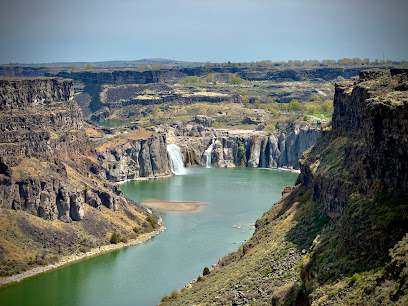
Snake River Overlook (Hagerman Fossil Beds National Monument)
Discover the breathtaking views and rich prehistoric history at Snake River Overlook in Hagerman Fossil Beds National Monument, Idaho.
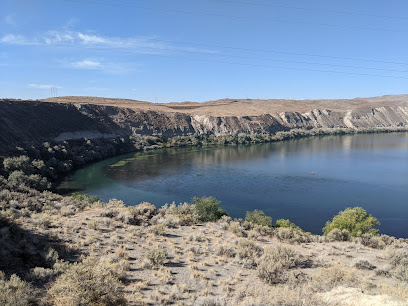
Black Magic Canyon of Big Wood River
Experience the stunning beauty of Black Magic Canyon, a hidden gem in Idaho perfect for hiking, photography, and nature exploration.
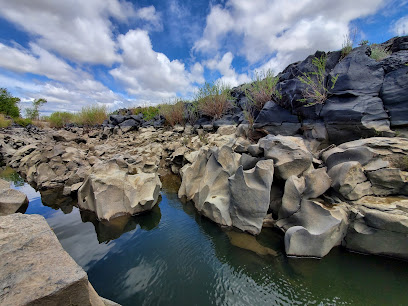
Snake river canyon scenic byway
Explore the breathtaking Snake River Canyon Scenic Byway in Idaho, a stunning route filled with natural beauty, outdoor adventures, and picturesque views.

Unmissable attractions to see
Hells Gate State Park
Explore the stunning landscapes and outdoor adventures at Hells Gate State Park in Lewiston, Idaho, a perfect destination for nature lovers and thrill-seekers.
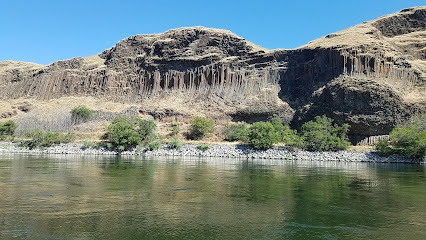
Evel Knievel Snake River Canyon Jump Site
Explore the Evel Knievel Snake River Canyon Jump Site in Twin Falls, Idaho, a thrilling tribute to the daring spirit of American stuntman Evel Knievel.
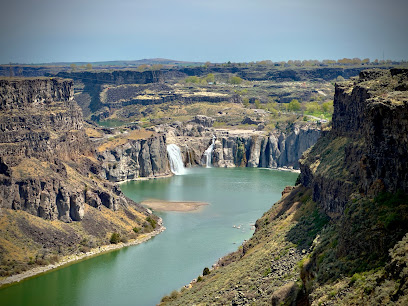
Riggins City Park
Discover the tranquility of Riggins City Park, a breathtaking natural escape in Idaho perfect for picnics, hiking, and family fun.
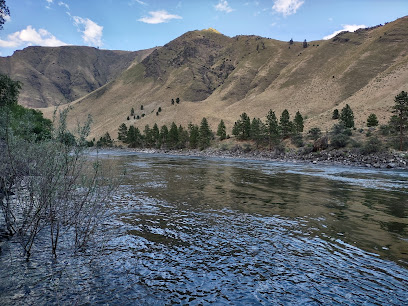
White Bird Battlefield Historical Landmark
Discover the rich history of the Nez Perce tribe at White Bird Battlefield, a key site of the 1877 conflict with the U.S. Army in Idaho.

Goose Creek Falls
Explore the breathtaking waterfalls and serene hiking trails at Goose Creek Falls, a must-visit destination for nature lovers in Idaho.
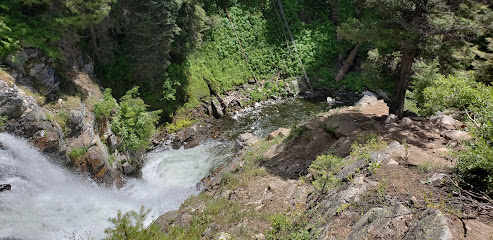
Jack O'Connor Center
Discover the legacy of outdoor adventure at the Jack O'Connor Center, a historical gem in Lewiston, Idaho, highlighting hunting and fishing culture.
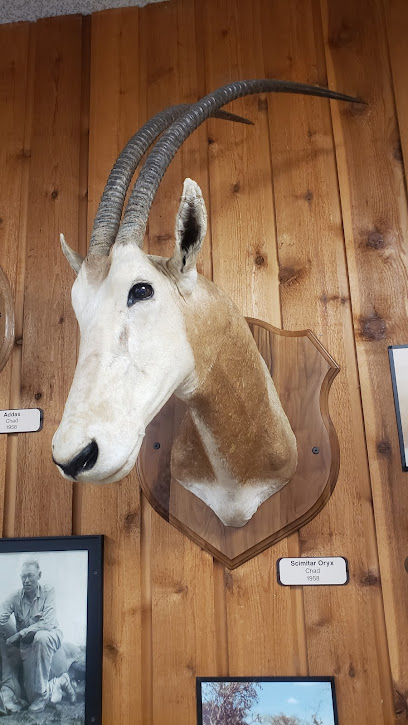
Lower Salmon River
Experience adventure and tranquility at Lower Salmon River, Riggins – a breathtaking destination for nature lovers and outdoor enthusiasts.
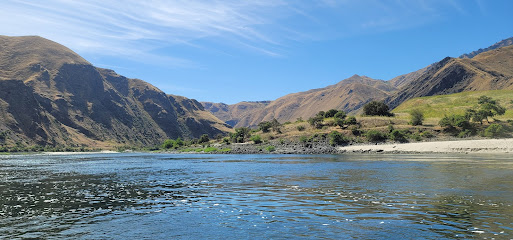
Nez Perce National Historic Park Heart of The Monster
Immerse yourself in the rich cultural heritage and stunning landscapes of Nez Perce National Historic Park - Heart of The Monster, a must-visit for history lovers.
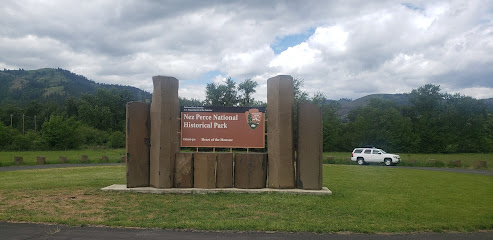
Hells Canyon National Recreation Area
Discover the breathtaking beauty and diverse adventures awaiting you at Hells Canyon National Recreation Area in Oregon's stunning landscapes.
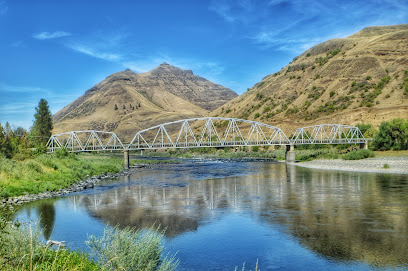
Idaho Historic Marker #264 - The Ant and the Yellowjacket
Explore Idaho's Historic Marker #264 - The Ant and the Yellowjacket in Lewiston, where history and nature intertwine in a captivating tale.

Heaven's Gate Trailhead
Discover the breathtaking beauty of Heaven's Gate Trailhead in Idaho, a premier hiking destination offering stunning views and diverse wildlife encounters.
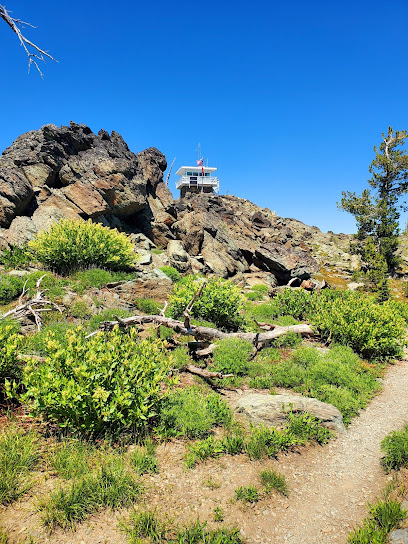
Historical Museum at St Gertrude's
Discover the rich heritage of Idaho at the Historical Museum at St Gertrude's, where history and tranquility converge in a beautiful monastery setting.
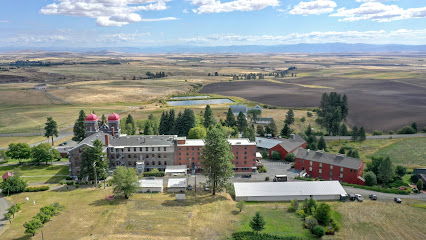
Hells Canyon Wilderness
Discover the breathtaking beauty of Hells Canyon Wilderness in Idaho, where adventure meets stunning natural landscapes and rich biodiversity.
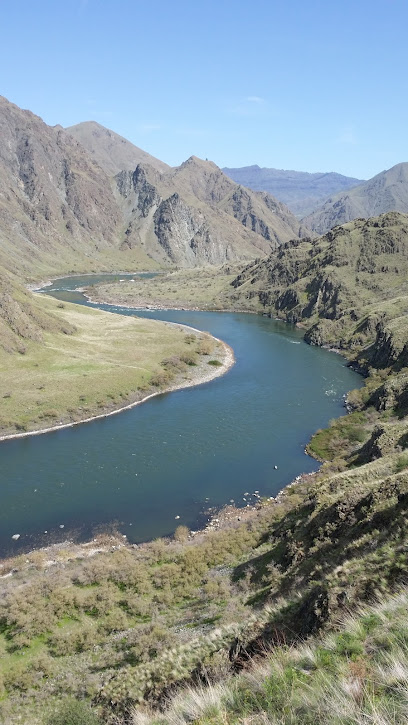
Gravity Hill
Experience the wonder of Gravity Hill in Grangeville, Idaho, where nature plays tricks on your senses and gravity seems to defy the laws of physics.
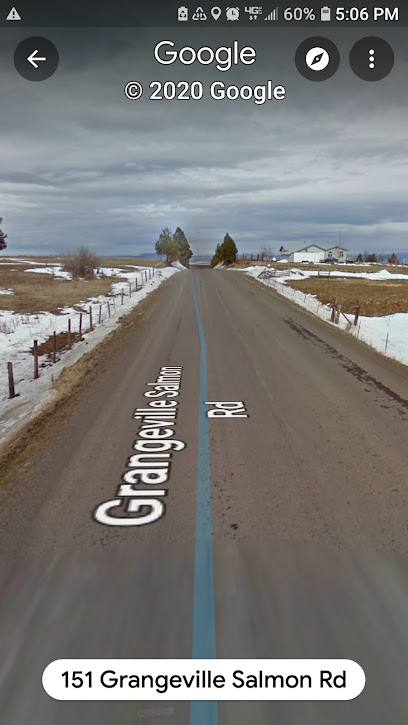
Lewis and Clark Center
Discover the rich history of the Lewis and Clark expedition at the Lewis and Clark Center in Lewiston, Idaho, where education meets breathtaking scenery.
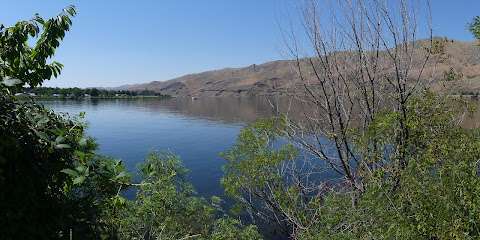
Essential places to dine
Smitty's Pancake & Steak House
Experience the best of American comfort food at Smitty's Pancake & Steak House in Idaho Falls—where every meal feels like home.
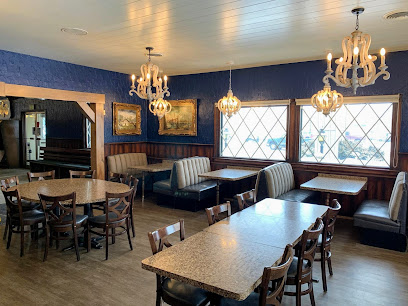
Elevation 486
Experience breathtaking views and exquisite cuisine at Elevation 486 in Twin Falls - where every meal is complemented by nature's beauty.
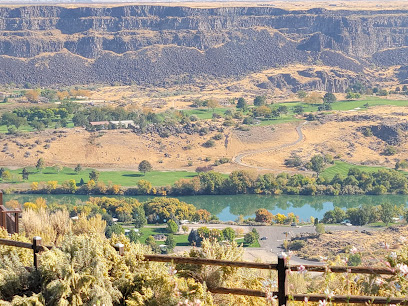
Idaho Joes
Experience delicious American cuisine at Idaho Joe's in Twin Falls - where hearty breakfasts meet warm hospitality.
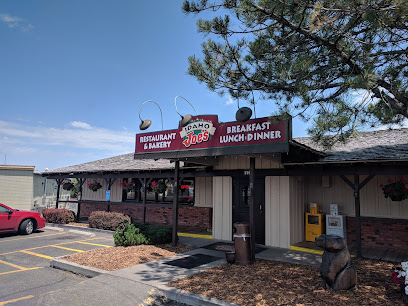
The SnakeBite Restaurant
Discover delicious hamburgers and chicken dishes at The SnakeBite Restaurant in Idaho Falls - where flavor meets fun!
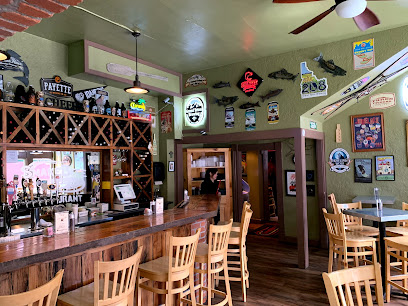
Scooter's Chillin' -N- Grillin'
Discover delicious comfort food at Scooter's Chillin' -N- Grillin', where great flavors meet fun times in Twin Falls.
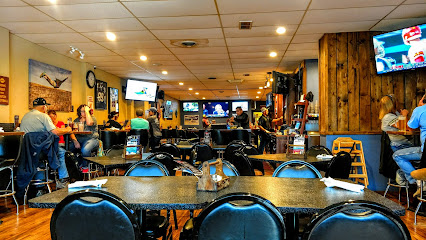
Applebee's Grill + Bar
Experience the best of American dining at Applebee's Grill + Bar in Lewiston – where great food meets family-friendly service.
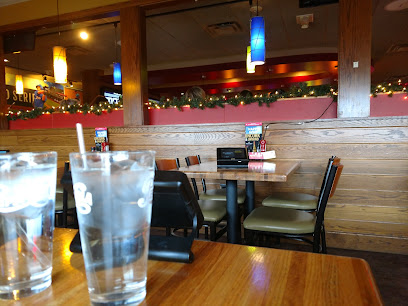
Johnny Carino's
Savor authentic Italian flavors at Johnny Carino's in Twin Falls – where every dish tells a story of tradition and taste.
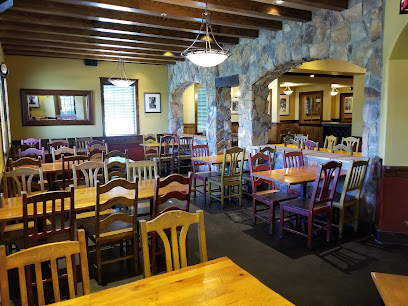
2nd South Market
Explore diverse flavors at 2nd South Market in Twin Falls—where culinary delights meet live entertainment.

Wendy's
Discover deliciousness at Wendy's in Lewiston—where fresh ingredients meet fast service in an inviting atmosphere.
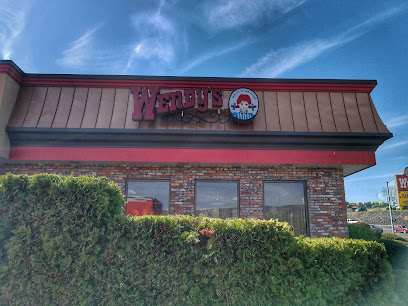
Snake River Grill
Discover Snake River Grill: A delightful blend of American cuisine and local charm in Hagerman, Idaho.
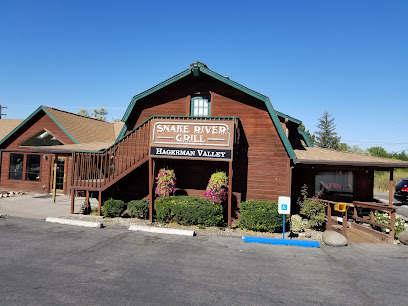
Taco Bell
Discover the vibrant flavors of Taco Bell in Lewiston - your go-to spot for delicious Tex-Mex fast food offerings.
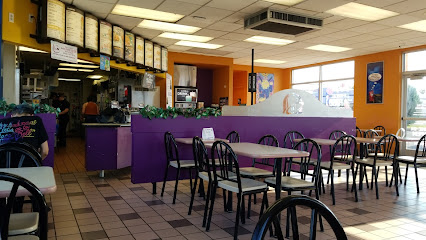
Arby's
Discover delicious fast food at Arby's in Lewiston—your go-to spot for hearty sandwiches and quick bites during your Idaho adventures.
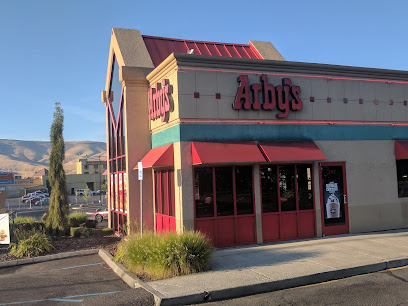
Redhawk Gastropub
Discover Redhawk Gastropub in Twin Falls - where gourmet cuisine meets craft beverages in a warm and welcoming atmosphere.
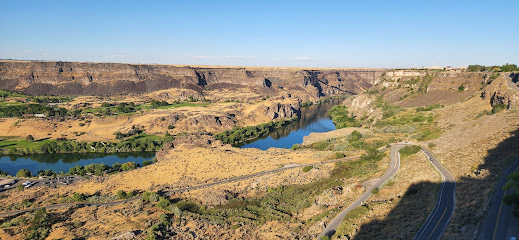
Subway
Experience fresh flavors at Subway in Grangeville - where customization meets convenience in every bite.

Snake River Bar & Grill
Experience classic American dining with stunning views at Snake River Bar & Grill in Idaho Falls.

Markets, malls and hidden boutiques
Riggins Whitewater Market
Discover the charm of Riggins Whitewater Market, where local flavors and friendly service meet in the heart of Idaho's adventure country.

Fiddle Creek Fruit Stand
Discover local flavors and fresh produce at Fiddle Creek Fruit Stand, a must-visit destination in Idaho's beautiful Lucile.
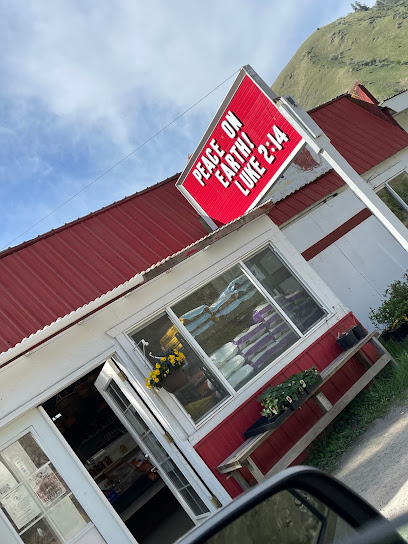
That One Place
Discover unique souvenirs and local crafts at That One Place, a charming gift shop in Lewiston, Idaho, perfect for tourists seeking memorable treasures.
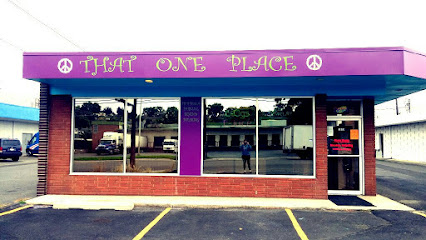
Two Rivers Coffee Roasters
Experience the rich flavors of locally roasted coffee at Two Rivers Coffee Roasters in Riggins, Idaho – a cozy haven for every coffee lover.
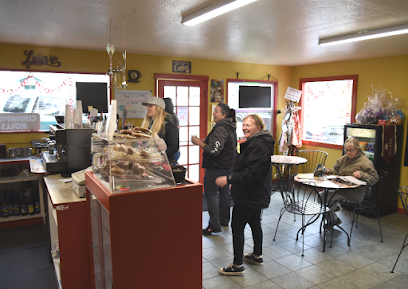
Canyon House
Discover the charm of Canyon House in White Bird, Idaho, where coffee meets local artistry in a cozy and inviting atmosphere.
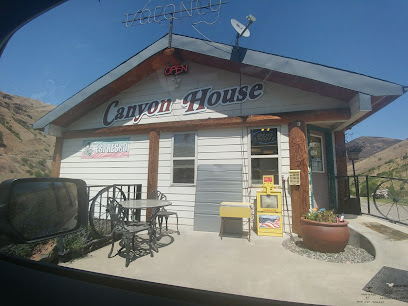
Idaho Banana Co.
Explore Idaho Banana Co. in Riggins for unique gifts and local treasures that capture the spirit of Idaho's vibrant culture.
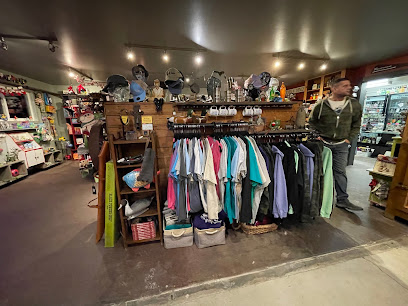
Mountain View Specialty Meats
Discover the finest meats in Riggins, Idaho, at Mountain View Specialty Meats - your destination for quality and flavor.
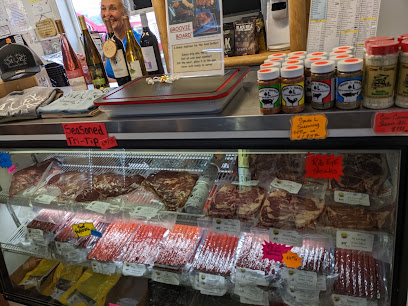
Rustic Outlet McCall
Explore Rustic Outlet McCall for unique gifts, antiques, and home goods in the heart of McCall, Idaho.
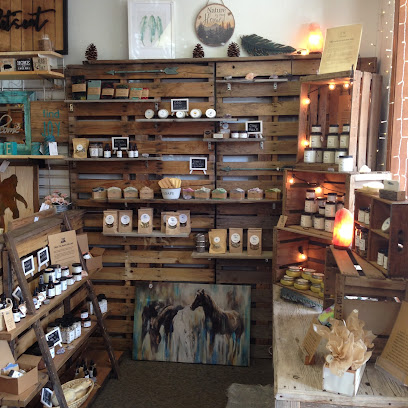
Backcountry Boutique
Explore unique women's and youth clothing at Backcountry Boutique in McCall, Idaho—your destination for outdoor-inspired fashion and gifts.
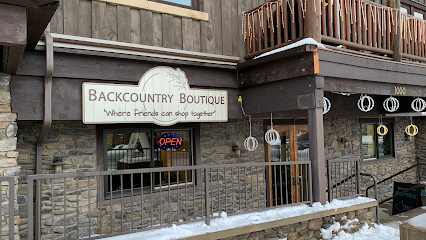
Snake River Canyon
Explore the enchanting Snake River Canyon in Idaho, a stunning natural wonder perfect for outdoor adventures and breathtaking views.
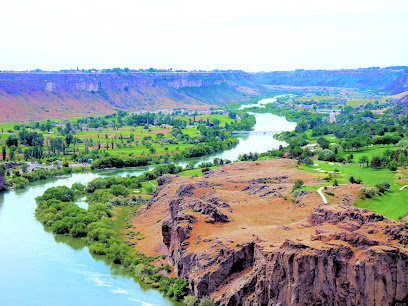
Tourist Trap Consignment & Gift Shop
Explore Riggins' Tourist Trap Consignment & Gift Shop for unique gifts, local crafts, and a delightful shopping experience in Idaho.
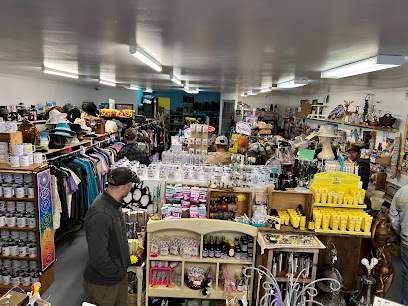
Idaho Memories Gift & Souvenir Shop
Explore the charm of Idaho at Idaho Memories Gift & Souvenir Shop, where local art and unique souvenirs come together to create lasting memories.
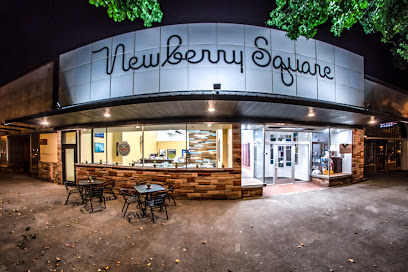
Sissy's Thrift Store
Explore the charm of thrift shopping at Sissy's Thrift Store in Grangeville, Idaho, where unique treasures await every visitor.
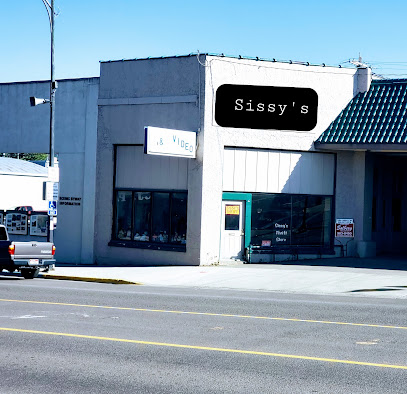
The Back 4D (7U Ranch)
Discover the heart of Idaho's ranching culture with fresh, ethically sourced meats at The Back 4D Ranch in Lucile, Idaho.
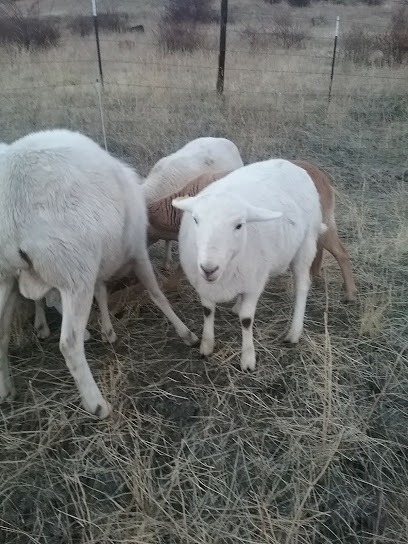
Nez Perce Traditions Gift Shop
Discover authentic Native American crafts and gifts at Nez Perce Traditions Gift Shop, a cultural gem in Lewiston, Idaho.
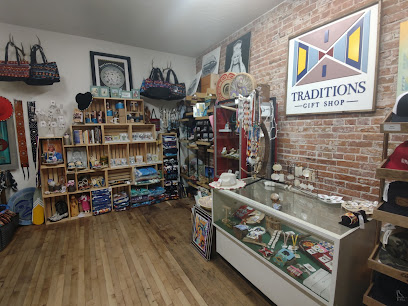
Essential bars & hidden hideouts
Seven Devils Bar & Steakhouse
Experience the perfect blend of a lively bar and hearty steakhouse in Riggins, Idaho, at Seven Devils Bar & Steakhouse.
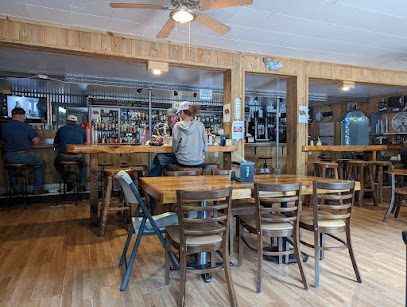
River Rock Cafe
Experience the best of American and Italian cuisine at River Rock Cafe in Riggins, Idaho - a must-visit for food lovers.
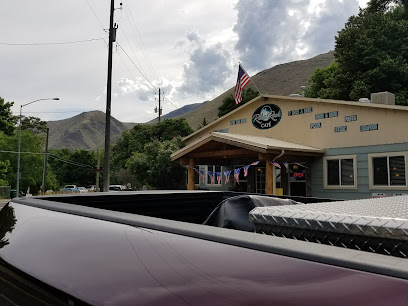
The Wrangler Bar and Grill
Experience the vibrant nightlife of Lewiston, Idaho, at The Wrangler Bar and Grill, where great food meets lively entertainment.
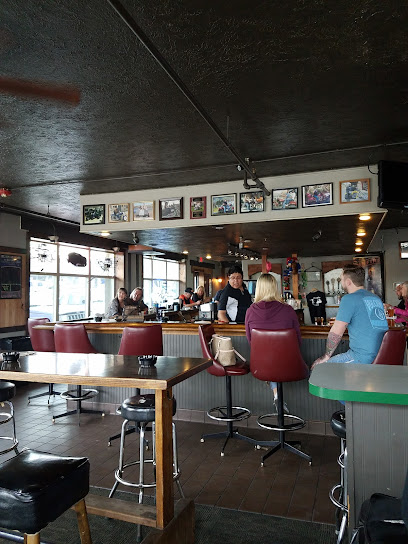
MJ Barleyhoppers Brew House
Experience the lively atmosphere at MJ Barleyhoppers Brew House, where great drinks, karaoke, and sports come together for an unforgettable night out in Lewiston.
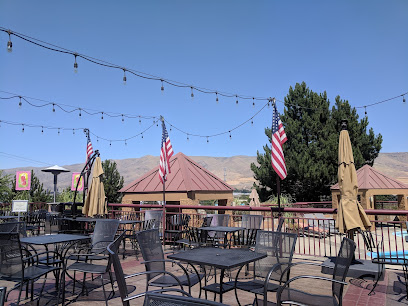
Waha Grill
Savor the essence of Idaho at Waha Grill, where every bite is a celebration of flavor and local ingredients.
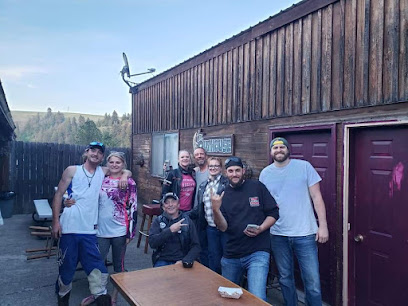
Summerville's Steakhouse Brewery Pizza House Bar
Discover the flavors of Idaho at Summerville's Steakhouse Brewery Pizza House Bar, where delicious meals and craft beers unite in a cozy atmosphere.
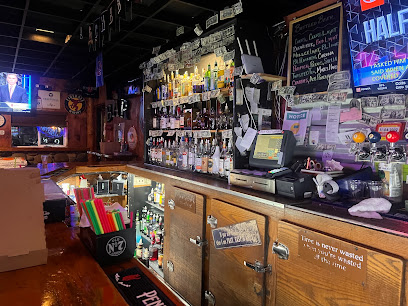
Winchester Kitchen & Bar
Discover Winchester Kitchen & Bar, where local flavors and a vibrant atmosphere come together in the heart of Idaho.
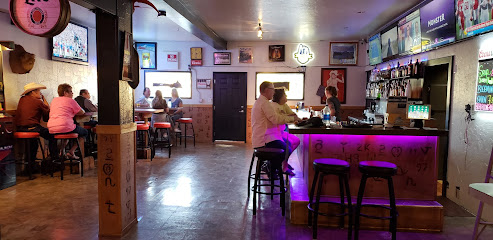
Keuterville Pub
Discover the flavors of Idaho at Keuterville Pub, where local charm meets delicious cuisine in a welcoming atmosphere.
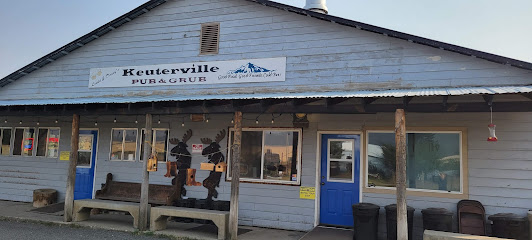
Canters Inn
Discover the vibrant atmosphere of Canters Inn, Lewiston's cozy bar featuring local brews and a welcoming vibe, perfect for tourists and locals alike.
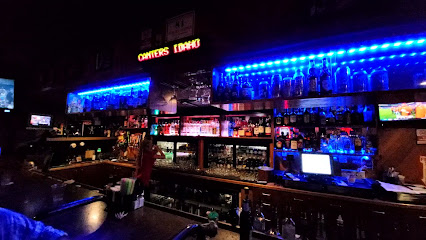
Shooters Sports Bar
Discover the ultimate sports bar experience in Lewiston, Idaho, at Shooters Sports Bar, where excitement meets great food and drinks.
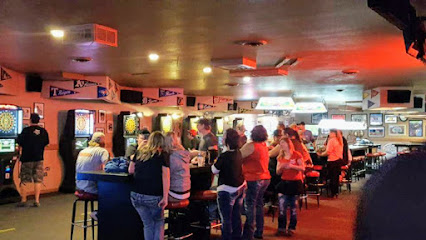
Wooden Nickel
Experience local charm and a vibrant atmosphere at Wooden Nickel, Lewiston's favorite bar for delicious drinks and friendly service.
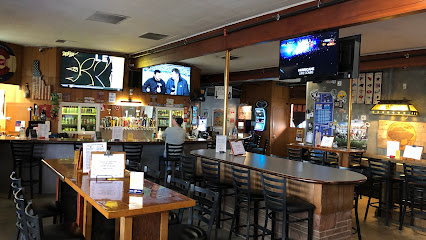
Salmon River Inn Pizza Sandwich Restaurant
Experience delicious pizzas and scrumptious sandwiches at Salmon River Inn Pizza Sandwich Restaurant, a cozy gem in Riggins, Idaho, perfect for food lovers.
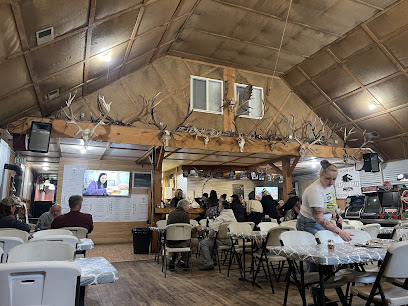
The Tap Room
Discover the vibrant flavors of The Tap Room in Lewiston, Idaho, where delicious grilled dishes and local brews await every visitor.
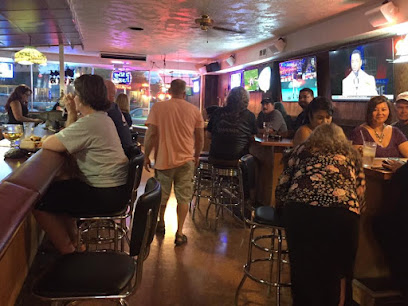
Kahili Club
Discover Kahili Club, a cozy bar in New Meadows, Idaho, offering a welcoming atmosphere, refreshing drinks, and local charm.
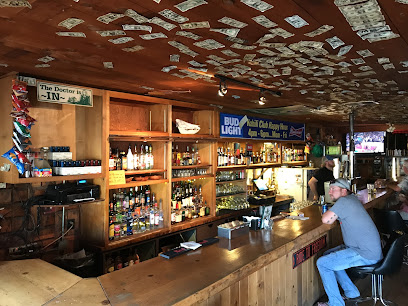
Woody's on the Prarie
Experience the best of Idaho dining at Woody's on the Prairie, where delicious grilled dishes and pizzas meet a vibrant sports bar atmosphere.

Local Phrases about Snake River Canyon
-
- HelloHowdy
[haw-dee] - GoodbyeSee ya
[see yuh] - YesYup
[yuhp] - NoNah
[nuh] - Please/You're welcomePlease/You're welcome
[pleez/yer welcome] - Thank youThanks
[th-anks] - Excuse me/SorryPardon me
[par-dun me] - How are you?Howdy
[haw-dee] - Fine. And you?Fine. How 'bout you?
[f-ine. how bout yuh] - Do you speak English?Ya speak English?
[yuh speak ing-glish] - I don't understandI ain't gettin' it
[I aint get-tin it]
- HelloHowdy
-
- I'd like to see the menu, pleaseI'd like to see the grub list, please
[I'd like to see the grub list, please] - I don't eat meatI ain't eatin' meat
[I aint eat-tin meat] - Cheers!Cheers!
[cheers] - I would like to pay, pleaseI'd like to settle up, please
[I'd like to settle up, please]
- I'd like to see the menu, pleaseI'd like to see the grub list, please
-
- Help!Help!
[Help!] - Go away!Git!
[Git!] - Call the Police!Call the Sheriff!
[Call the Sheriff!] - Call a doctor!Call Doc!
[Call Doc!] - I'm lostI'm turned around
[I'm turned around] - I'm illI'm feeling poorly
[I'm feeling poorly]
- Help!Help!
-
- I'd like to buy...I reckon I'll buy...
[I reckon I'll buy...] - I'm just lookingI'm just browsin'
[I'm just browsin'] - How much is it?How much fer that?
[How much fer that?] - That's too expensiveThat's too steep
[That's too steep] - Can you lower the price?Can ya knock some off?
[Can ya knock some off?]
- I'd like to buy...I reckon I'll buy...
-
- What time is it?What's the hour?
[What's the hour?] - It's one o'clockIt's one
[It's one] - Half past (10)Half past (10)
[Half past (10)] - MorningMornin'
[Mornin'] - AfternoonAfternoon
[Afternoon] - EveningEvenin'
[Evenin'] - YesterdayYest'day
[Yest'day] - TodayToday
[Today] - TomorrowTomorrah
[Tomorrah] - 1One
[One] - 2Two
[Two] - 3Three
[Three] - 4Four
[Four] - 5Five
[Five] - 6Six
[Six] - 7Seven
[Seven] - 8Eight
[Eight] - 9Nine
[Nine] - 10Ten
[Ten]
- What time is it?What's the hour?
-
- Where's a/the...?Where's a/the...?
[Where's a/the...?] - What's the address?What's the addy?
[What's the addy?] - Can you show me (on the map)?Can you show me (on the map)?
[Can you show me (on the map)?] - When's the next (bus)?When's the next (bus)?
[When's the next (bus)?] - A ticket (to ....)A ticket (to ....)
[A ticket (to ....)]
- Where's a/the...?Where's a/the...?
History of Snake River Canyon
-
The Snake River Canyon was formed over millions of years through the process of volcanic activity and erosion. The canyon, which stretches over 50 miles, showcases the powerful forces of nature that have shaped the landscape. The Snake River itself is a major tributary of the Columbia River, and its path through the canyon reveals layers of basalt rock, a testament to the volcanic eruptions that occurred in the region roughly 14 million years ago.
-
For thousands of years before European settlers arrived, the Snake River Canyon was home to various Native American tribes, including the Shoshone and Bannock peoples. These tribes relied on the river for fishing, hunting, and gathering, and the canyon provided a natural fortress and a rich cultural landscape. Petroglyphs and other archaeological remnants found in the area offer a glimpse into the lives and spiritual practices of these early inhabitants.
-
In 1805, the famed Lewis and Clark Expedition passed through the Snake River Canyon as part of their journey to explore the newly acquired western territories of the United States. The expedition provided some of the first detailed maps and accounts of the region. Their interactions with the Native American tribes in the area were crucial for their survival and success in navigating the rugged terrain.
-
During the mid-19th century, the Snake River Canyon became a significant landmark for pioneers traveling the Oregon Trail. The treacherous terrain and unpredictable river crossings posed substantial challenges for the settlers seeking new opportunities in the West. The canyon's imposing cliffs and narrow passages were both a physical and psychological hurdle for those making the arduous journey.
-
One of the most famous modern events in Snake River Canyon's history is the attempted jump by daredevil Evel Knievel in 1974. Knievel aimed to jump across the canyon on a steam-powered rocket motorcycle. Although the jump was not successful, it captured the imagination of the public and remains a legendary moment in the history of extreme sports.
-
The city of Twin Falls, located near the Snake River Canyon, has its own rich history closely tied to the canyon. Founded in 1904, the city quickly grew due to its strategic location and the development of irrigation projects that transformed the arid landscape into fertile farmland. The Perrine Bridge, an iconic structure spanning the canyon, is a testament to the region's growth and engineering feats.
-
In recent years, there have been significant efforts to preserve the natural beauty and historical significance of Snake River Canyon. Conservation programs aim to protect the delicate ecosystems, archaeological sites, and scenic vistas that make the canyon a treasured landmark. These efforts ensure that future generations can appreciate the canyon's historical and cultural heritage.
Snake River Canyon Essentials
-
Snake River Canyon is located in southern Idaho. The nearest major airport is Boise Airport (BOI), approximately 130 miles west of the canyon. From Boise, you can rent a car and drive to the canyon, which typically takes around 2 to 2.5 hours via I-84 East. Alternatively, regional flights are available to Magic Valley Regional Airport (TWF) in Twin Falls, which is only about 7 miles from the canyon. From Twin Falls, you can take a taxi or rideshare service to the canyon.
-
The most convenient way to explore Snake River Canyon and its surroundings is by car. Car rentals are available at both Boise Airport and Magic Valley Regional Airport. In Twin Falls, local taxi services and rideshare options like Uber and Lyft are available. While public transportation options are limited, there are some local bus services in Twin Falls that can take you to nearby attractions. Biking and walking are also popular within the canyon area for shorter distances and scenic exploration.
-
The official currency in the United States is the US Dollar (USD). Credit and debit cards are widely accepted in Twin Falls and around the canyon, including at most restaurants, shops, and attractions. ATMs are readily available in Twin Falls, but it's a good idea to carry some cash for small purchases or in more remote areas where card payment might not be an option.
-
Snake River Canyon and Twin Falls are generally safe for tourists. However, it's always wise to take standard safety precautions. Avoid isolated areas, especially after dark. While there are no specific high-crime areas targeting tourists, staying vigilant and aware of your surroundings is recommended. Outdoor enthusiasts should be cautious near the river and canyon edges, as these can be hazardous.
-
In case of emergency, dial 911 for immediate assistance. Twin Falls has medical facilities, including the St. Luke's Magic Valley Medical Center, which provides comprehensive healthcare services. It's advisable to carry travel insurance that covers medical emergencies. For minor health issues, there are several pharmacies in Twin Falls where you can purchase over-the-counter medications.
-
Fashion: Do wear comfortable and weather-appropriate clothing, especially if you're planning outdoor activities. Hiking boots and sun protection are essential. Religion: Do respect local customs and traditions, although there are no specific religious protocols to follow in the area. Public Transport: Do be courteous to drivers and other passengers. Public transport options are limited, so make sure to plan your routes in advance. Greetings: Do greet people with a friendly 'hello' or 'hi.' Handshakes are also common. Eating & Drinking: Do try local cuisine and specialties, such as Idaho potatoes. Don't litter; always dispose of waste properly.
-
To experience Snake River Canyon like a local, consider visiting the Shoshone Falls, often referred to as the 'Niagara of the West.' Early morning or late afternoon visits provide the best light for photography. Engage with locals at the Twin Falls Farmers Market, held on Saturdays, where you can buy fresh produce and local crafts. Don't miss the Perrine Bridge, one of the few places in the U.S. where BASE jumping is allowed year-round. For a unique experience, take a scenic boat tour on the Snake River for stunning views of the canyon walls.
Trending Landmarks in Snake River Canyon
-
Shoshone Falls Park
-
Craters of the Moon National Monument & Preserve
-
Perrine Memorial Bridge
-
Thousand Springs State Park - Malad Gorge Unit
-
Old Mission State Park
-
Snake River Canyon Rim Trail
-
Evel Knievel Snake River Canyon Jump Site
-
Snake River Overlook (Hagerman Fossil Beds National Monument)
-
Black Magic Canyon of Big Wood River
-
Snake river canyon scenic byway
Nearby Cities to Snake River Canyon
-
Things To Do in Pendleton
-
Things To Do in Kennewick
-
Things To Do in Boise
-
Things To Do in Nampa
-
Things To Do in Richland
-
Things To Do in Coeur d'Alene
-
Things To Do in Missoula
-
Things To Do in Spokane
-
Things To Do in Sun Valley
-
Things To Do in Ketchum
-
Things To Do in Mountain Home
-
Things To Do in Newport
-
Things To Do in Polson
-
Things To Do in Sandpoint
-
Things To Do in Butte


